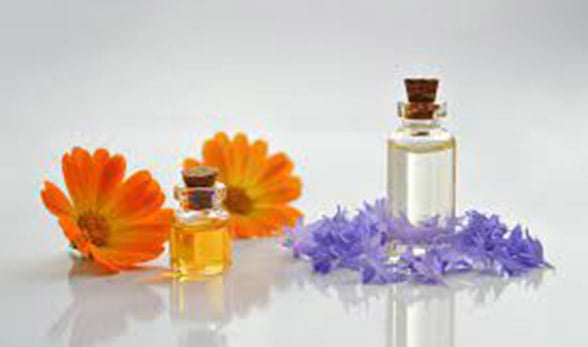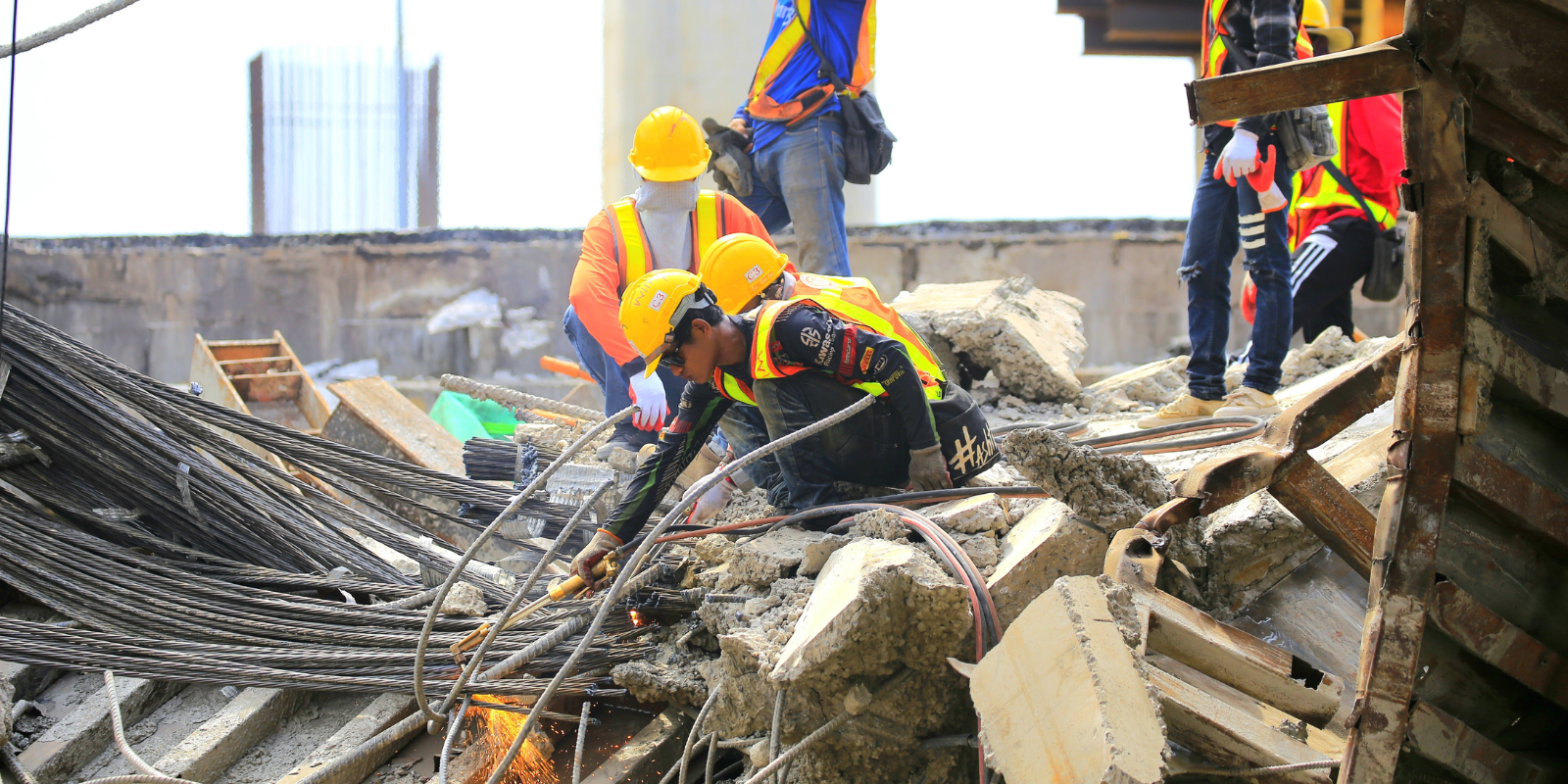In a three-year span, canned oxygen has become almost as available as the real thing. Buoyed by COVID-19, a “Shark Tank” deal, and a scene on “The Simpsons,” increased demand has resulted in a burst of the small aluminum cans on store shelves, from pharmacies to gas stations.
Boost Oxygen makers, responsible for over 90% of the canned oxygen market, have reported steady sales increases since a 2019 win on the business reality TV show “Shark Tank.”
While labels describe the products as non-Food and Drug Administration-approved and for recreational use only, advertisements promise enhanced wellness, improved sports performance and aid in altitude acclimation, among other things.
|
Fad or Fact? A series exploring current health-related trends through the scientific lenses of our CU Anschutz experts.
|
Colorado, with its throngs of outdoor recreationalists and high-altitude playground, has become a targeted market for the portable O₂ cans. But do they deliver?
The way oxygen works
“Few studies look at oxygen benefits in short increments,” said Lindsay Forbes, MD, a fellow in the University of Colorado School of Medicine’s Division of Pulmonary Sciences and Critical Care Medicine. “We are in a bit of a data-free zone here,” said Forbes, who will join the division’s faculty in July.
That’s because prescription-based, FDA-monitored oxygen is administered for prolonged periods in medical settings. And it’s delivered that way for a reason.
“When you breathe oxygen in, it goes from the airways into the bloodstream and gets picked up by hemoglobin,” said Ben Honigman, MD, a professor emeritus of emergency medicine. The hemoglobin then distributes those oxygen molecules throughout the body in this highly effective and continuous process.
If people have healthy lungs, their bodies are efficient at maintaining normal oxygen levels in the blood, Forbes said. “There’s not good evidence that adding more oxygen onto normal levels of oxygen helps the body physiologically.”
When providers put someone with low levels on oxygen, it generally takes two or three minutes of a continuous flow before they see a change in the patient’s levels, Forbes said. “So just one or two breaths from a can I would not anticipate would oxygenate enough of the blood that’s going through the lungs to actually create a meaningful impact.”

Do Scents Make Sense? Many oxygen bars and canned oxygen manufacturers add fragrant essential oils to their oxygen, such as peppermint, orange or eucalyptus. Pulmonologists generally advise against inhaling oils for anyone, citing potential inflammatory and allergic responses. For people with certain lung conditions, such as asthma or COPD, the added oils could trigger exacerbations or symptoms. |
Although generally harmless for healthy people (see sidebar), Forbes and Honigman advised against anyone self-treating with the O₂ cans for any medical reason. A spike in sales during the pandemic indicated some people were using them with COVID-19, a potentially dangerous choice that could delay critical medical attention, they said.
The dynamics of oxygen
Another important consideration is that oxygen is fleeting, Honigman said. “As soon as you remove it, it disappears. There are no reservoirs or savings accounts for banking oxygen in the body.”
In one study measuring oxygen levels in healthy subjects via pulse oximetry, subjects’ O₂ levels reached a slightly higher steady state in about three minutes on continuous oxygen and returned to pre-supplemented levels in about four minutes once it was removed, Honigman said.
So a professional basketball player inhaling continuous O₂ on the sidelines between plays might experience some benefit, Honigman said. It can boost oxygen levels briefly in anaerobically depleted muscles.
But skiers taking periodic puffs from a can or even visiting “oxygen bars” – establishments popular in mountain towns or polluted cities that serve up O₂ via cannula generally in 10- to 30-minute increments – won’t improve their day’s performance on the slopes, as the oxygen will dissipate long before the first run.
Forbes also re-emphasized that the delivery system matters, pointing out that oxygen in a can doesn’t come with a medical-grade mask that covers the nose and mouth. So the “95% pure oxygen” claim on the cans is also deceiving, she said.
“In the hospital setting, we have medical-grade oxygen and are titrating to varying levels to provide a different amount of oxygen for folks depending on how they are receiving it. “Someone may not actually be getting 95% oxygen, for example, when using a nasal cannula.”
Room air, with its 21% oxygen, is mixing in with the prescribed oxygen because the patient also breathes in room air seeping in around the nasal cannula, lowering the level received, Forbes said.
High altitude and oxygen levels
Canned oxygen labels also make claims of improving altitude issues – with Boost Oxygen actually calling out Colorado and the Rocky Mountain region as the place to carry a can on its website.
The higher the altitude, the lower the barometric pressure, which helps drive oxygen from the atmosphere into the lungs, said Honigman. “Your body is not as effective at getting oxygen as it would be at sea level.”
The lower oxygen levels can lead to altitude sickness, especially in Colorado tourists. “About 20% to 25% of people who come from sea level to altitude will get acute mountain sickness (AMS),” said Honigman, who worked in the CU Anschutz Medical Campus Altitude Research Center before retiring and still does research.
|
Cost of 100 Breaths A 5-liter can of Boost Oxygen costs about $10 and promises up to 100, one-second inhalations of 95% pure oxygen. |
Although Denver residents are more acclimated, about 8% to 10% of them will also get AMS when they travel to the high resort towns, he said. Symptoms caused by lower levels of oxygen in the blood (headache, nausea, fatigue, trouble sleeping) generally start within 12 to 24 hours and might drive people to the O₂ bars for relief, Honigman said.
“It will in fact help reduce those symptoms. You will feel better for the time that you are breathing the oxygen and for a very short time afterward,” Honigman said. “So if you’ve got mild symptoms, and you start to feel better, it may very well trigger your sense of well-being.”
But for most people, the symptoms will come back, prompting some to return to the oxygen bar for more relief, Honigman said. Because over 90% of people will adapt to the higher altitude within 24 to 48 hours, that move could backfire. Some scientists suggest supplementing with oxygen will only delay that natural adaptation, he said.
“I believe, personally, that it’s a placebo effect, and it has nothing to do with physiology,” Honigman said, a belief that Forbes echoed.
“It sounds nice and natural to be just getting extra oxygen, but I don’t think the science supports it,” she said. “There’s very real evidence that if you think something is going to help you, that it may in fact make you feel better."


.jpg)


